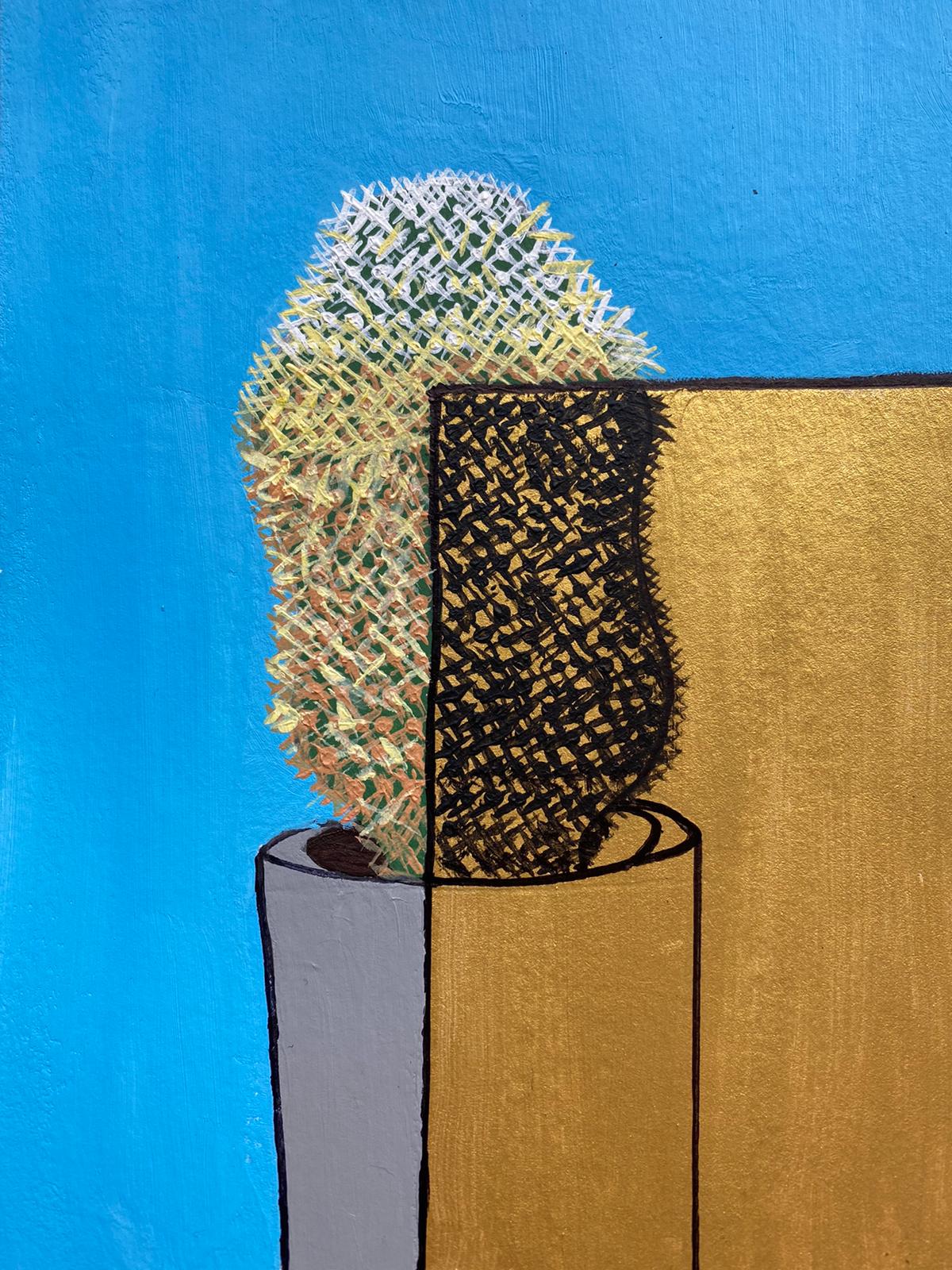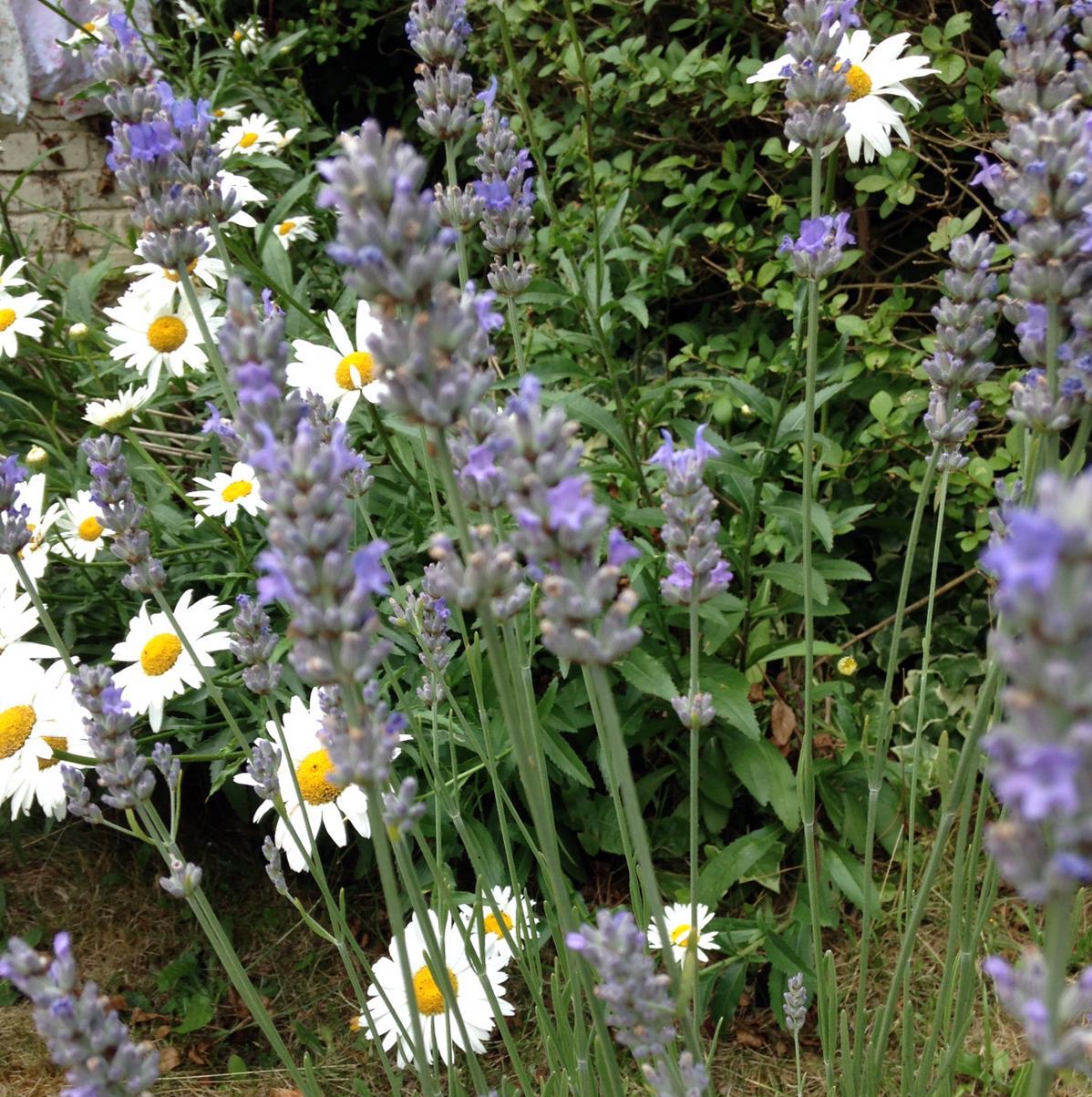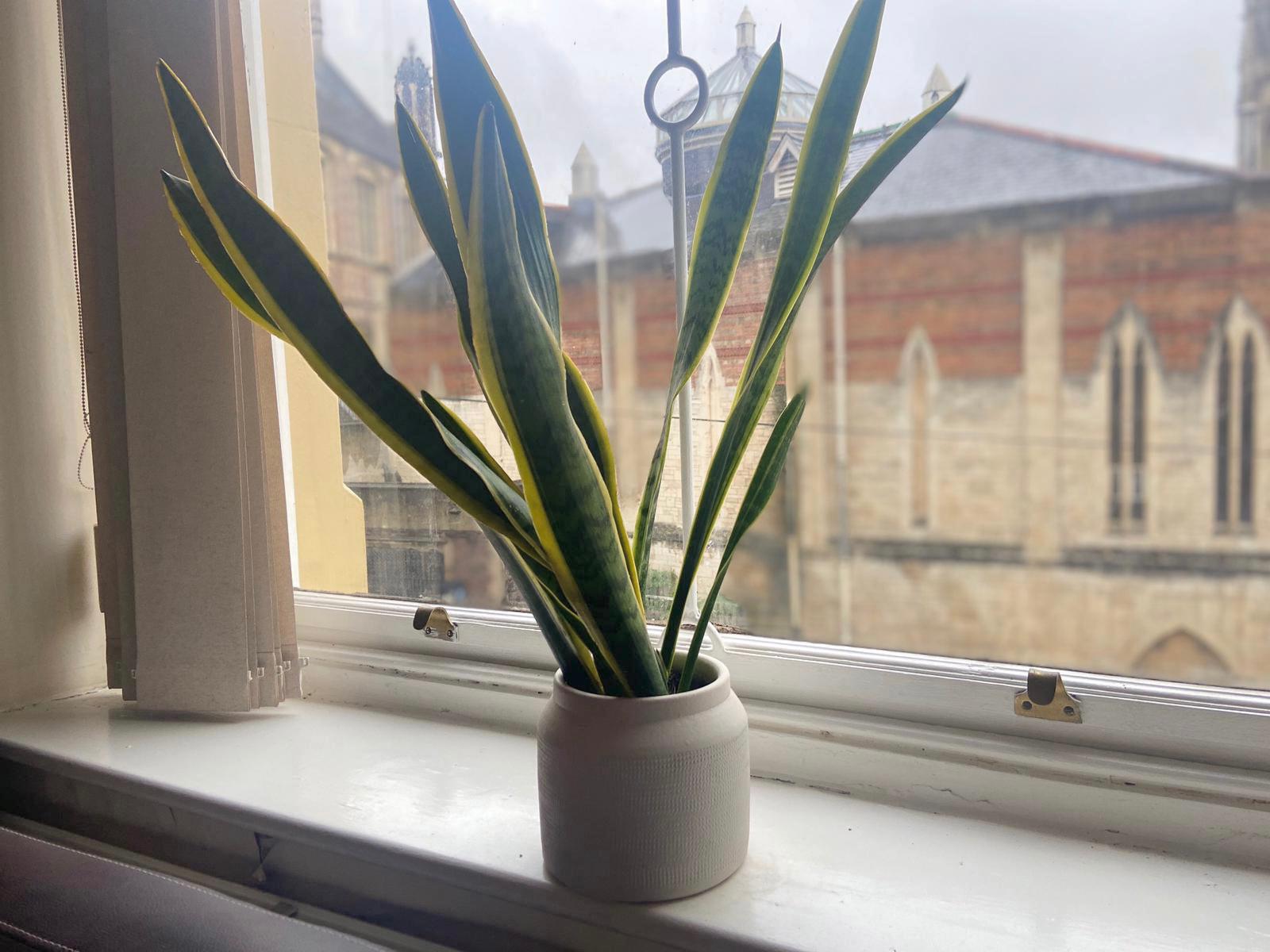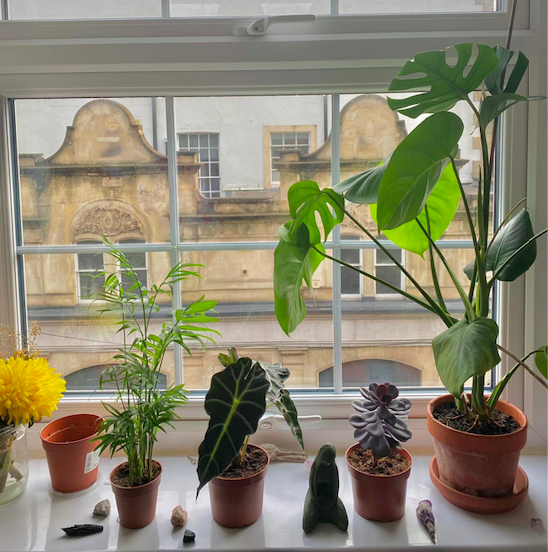By James Emery, Third Year, Biomedical Sciences
The Croft // This World Mental Health Day we begin a series on alternative wellbeing therapies by looking at some of the best student-friendly plants for a mood-boosting environment.
Having plants to take care of in your living space is a great way to help reduce stress and nurture a more calming atmosphere – something essential to us all at the moment while we're spending so much time in our rooms! Many plants have soothing properties such as aromas that can lower stress, as well as purifying the air around them.
The simple routine of caring for your plants and cultivating their growth is also a strong stress reliever as it helps garner a feeling of accomplishment which in turn provides a little self-esteem boost.

From the scores of houseplants that promote a less stressful environment out there I have selected three of the easiest to care for – after all, student plant parents aren’t always the most reliable!
Lavender
Lavender is well-known for its calming scent which has been used for centuries for stress relief as well as to treat a number of other maladies.

The active ingredient in lavender is linalool, an organic alcohol which is produced by several plants. It is found in large amounts in lavender and gives it its distinctive smell. Linalool has been proven to reduce anxiety levels and alleviate some symptoms of depression, and its sedative properties can help an anxious mind drift off.
The beautiful purple flowers produced by the lavender plant also brighten up even the drabbest of rooms.
Snake plants
Snake plants are very effective air purifiers and help remove toxins and particulates from the air of any room they are placed in, resulting in a happier and healthier home.

Evidence for the snake plant’s air purifying abilities are shown in the NASA Clean Air Study. This was a series of experiments conducted by NASA to find the best plants to absorb carbon dioxide and release oxygen as well as removing volatile organic toxins on space stations.
The study found that snake plants are very effective at removing a number of dangerous toxins from the air such as benzene, formaldehyde and trichloroethylene.
In addition to this, the long succulent-like leaves make a really nice feature to any room.
Peppermint
Peppermint is another plant with a very distinct smell. Its soothing properties come from menthol, which aids in relaxation and when consumed is excellent for relieving sore throats and reducing inflammation. Peppermint is also useful to have in your study space as it increases alertness and decreases fatigue, allowing for a better working environment.
Another plus of having a peppermint plant (or another herb, such as basil, for that matter) is that it can also be used in cooking or to make a relaxing tea.
Now in my third year at university, I have been a plant parent for a few years and have found that having plants in my living space has really helped promote a calmer vibe and improve the air quality of my room. And having something to look after, even if it’s only a little thing, can really help alleviate boredom when we’re all stuck at home.
My favourite local plant shops include Fancy Plants on Perry Road and Wild Leaf on Overton Road, just off Gloucester Road.
| The Stress Melt: the freshers' experience and the science of stress
| Former Bristol student launches mental health collective
Featured image: Epigram / James Emery
Let us know your favourite plants to brighten up a room!









